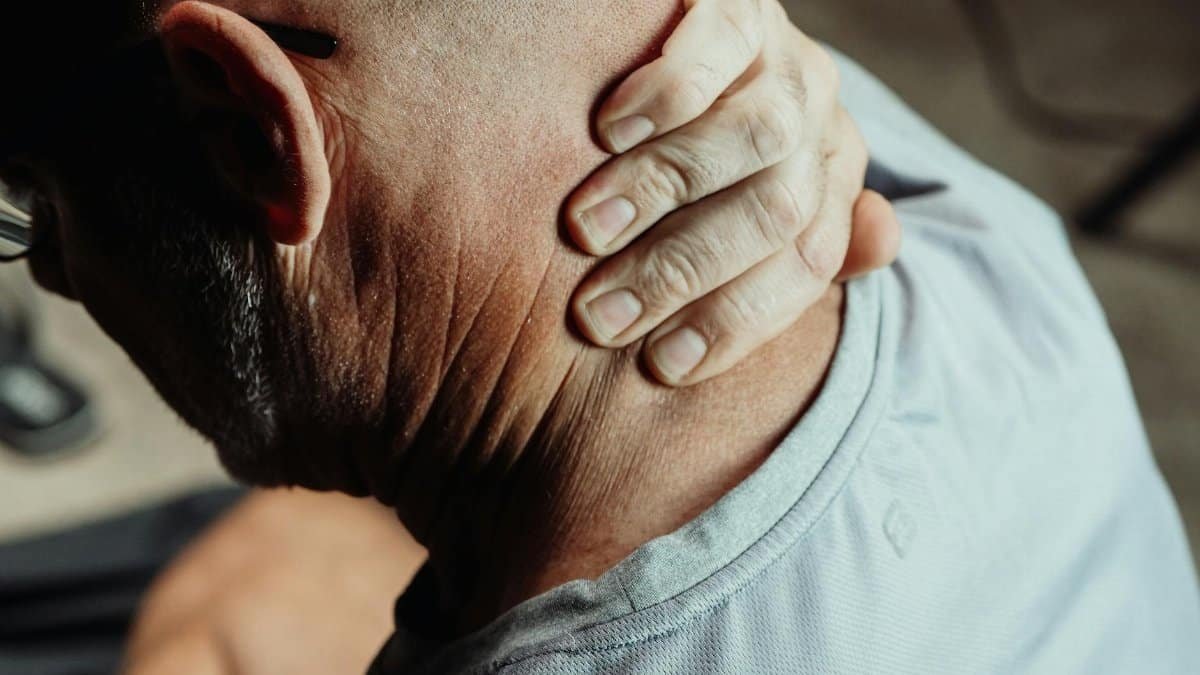A recent study from the Pew Research Center found that nearly 40% of Americans now incorporate some form of alternative wellness practices into their routines, up from just 25% a decade ago. This surge reflects a growing quest for calm amid relentless daily stresses. Enter sound therapy, a practice that’s gaining traction for its ability to soothe both mind and body. From the gentle hum of Tibetan singing bowls to the rhythmic beats of binaural audio, people are turning to these auditory experiences to unwind and heal. But what exactly happens when sounds wash over us? Research suggests profound shifts, from reduced anxiety to improved sleep. As more middle-aged adults seek balance in a chaotic world, sound therapy offers a simple yet powerful tool. It’s not just about listening; it’s about letting vibrations realign our inner rhythms.
The Science Behind the Sounds

Sound therapy isn’t new, but its mechanisms are increasingly understood through modern science. At its core, it uses vibrations to influence our physiological states. Think of how a favorite song can lift your mood almost instantly. That’s no accident. Sounds travel as waves, interacting with our cells and brain.
Researchers have delved into this. One study highlighted how certain frequencies can stimulate the vagus nerve, which regulates relaxation. It’s like flipping a switch from fight-or-flight to rest-and-digest. In bustling cities like New York or Los Angeles, where noise pollution is rampant, this therapy provides a counterbalance.
Consider a group session in a quiet studio. Participants lie down as gongs resonate deeply. The air hums with energy. Bodies relax, breaths deepen. Science backs this: a report from the National Center for Biotechnology Information shows that sound interventions can lower cortisol levels, the hormone tied to stress.
Yet, it’s not all straightforward. Different sounds affect people variably. For some, high-pitched chimes invigorate; for others, they irritate. This variability adds a layer of personalization to the practice.
How Sound Therapy Affects the Brain

Imagine your brain as a busy orchestra, sometimes out of sync. Sound therapy steps in as the conductor. It promotes neural entrainment, where brainwaves align with external rhythms.
Alpha waves, associated with calm focus, often increase during sessions. This isn’t mere relaxation; it’s rewiring. A participant once described it: “My thoughts quieted, like fog lifting.” Such accounts are common.
Studies support these claims. Research from the American Psychological Association notes that music-based therapies enhance cognitive function, particularly in reducing symptoms of depression. Link this to everyday life: a middle-aged professional, overwhelmed by emails and deadlines, finds clarity after a 20-minute sound bath.
But tensions arise. Not everyone responds the same. For those with sensory sensitivities, intense sounds might overwhelm rather than heal. Balancing this requires guidance from trained practitioners.
Delve deeper, and you’ll find links to neuroplasticity. Regular exposure can strengthen pathways for resilience. It’s subtle, yet transformative over time.
Physical Benefits for the Body

Beyond the mind, sound therapy touches the physical. Vibrations penetrate tissues, promoting circulation and easing tension. Picture a massage, but through waves instead of hands.
One compelling example comes from chronic pain sufferers. Low-frequency sounds have been shown to alleviate discomfort. A study in the Journal of Pain Research, accessible via Journal of Pain Research, explored how vibroacoustic therapy reduces inflammation markers.
In a quiet room, a woman with fibromyalgia listens to tuned frequencies. Her muscles loosen; pain fades. It’s not magic, but physics at work. These sessions can improve sleep quality too, as the body unwinds fully.
Of course, it’s not a cure-all. Combining it with traditional medicine yields best results. Still, for many, it’s a gentle ally in maintaining bodily harmony.
Sensory details enhance the experience: the warmth of a blanket, the faint echo of a drum. These elements make the physical shift feel tangible.
Emotional and Mental Healing

Emotions often tangle like knotted yarn. Sound therapy helps unravel them. It fosters release, allowing buried feelings to surface gently.
Take grief, for instance. Soft, melodic tones can evoke tears, then peace. Online discussions reveal similar stories: one anonymous account shared feeling “lighter, like shedding old skin” after a gong meditation.
Evidence points to emotional regulation. The National Institutes of Health discusses how music therapy aids in processing trauma, with findings at NCCIH on Music and Health. This is crucial for middle-aged readers navigating life transitions, like empty nests or career shifts.
Yet, complexity emerges. Intense sessions might stir uncomfortable memories. Practitioners emphasize creating safe spaces for this.
Over time, it builds emotional resilience. Users report greater joy in daily moments, a subtle but profound change.
Different Types of Sound Therapy

Diversity defines sound therapy. From ancient practices to tech-driven methods, options abound.
Binaural beats use headphones to create illusory tones, syncing hemispheres. Apps make this accessible at home. Then there’s crystal bowl therapy, where pure notes resonate through the room.
Drumming circles foster community, blending rhythm with social connection. Each type targets specific needs: energetic beats for motivation, soothing hums for calm.
A recent trend involves nature sounds amplified, mimicking forests or oceans. This appeals to urban dwellers craving escape.
Choosing the right one matters. Experimentation reveals what resonates personally.
Integrating Sound Therapy into Daily Life

Making sound therapy routine doesn’t require fancy equipment. Start small: a morning playlist of calming frequencies.
Incorporate it during commutes or before bed. One busy parent sets aside 10 minutes for a guided audio session, transforming chaos into centeredness.
Workplaces are catching on. Some offices offer sound breaks, boosting productivity. A Harvard Business Review piece, linked at Harvard Business Review on Music and Productivity, underscores this.
Challenges include consistency. Life interrupts, but apps with reminders help. Blend it with yoga or walks for amplified effects.
Gradually, it becomes second nature, weaving peace into the fabric of days.
Potential Drawbacks and Considerations

No practice is without pitfalls. Sound therapy can sometimes overwhelm sensitive ears, leading to headaches.
For those with hearing issues, caution is key. Consulting doctors ensures safety, especially with underlying conditions.
Misinformation abounds online. Not all claims are backed; discernment is essential. Stick to evidence-based approaches.
Cost can barrier entry. Sessions range from free apps to pricey retreats. Accessibility varies, but community centers often provide affordable options.
Navigating these requires awareness, turning potential downsides into informed choices.
Real-Life Transformations

Stories bring sound therapy to life. Consider Mark, a 52-year-old accountant from Chicago. Plagued by insomnia, he tried Tibetan bowls. Weeks later, sleep came easier; energy surged.
Or Sarah, dealing with anxiety post-divorce. Group sound circles offered solace, rebuilding her confidence. These aren’t isolated; patterns emerge in wellness communities.
A study from the University of California, detailed at UCSF on Music Therapy, confirms such outcomes.
Transformations vary. Some find quick relief; others gradual shifts. The common thread: renewed purpose.
Exploring Cultural Roots and Modern Adaptations

Sound therapy draws from global traditions. Indigenous cultures used drums for healing; Eastern practices favor gongs.
Today, it’s adapted for Western lifestyles. Virtual sessions via Zoom make it global. In 2025, expect more integration with AI for personalized soundscapes.
This evolution honors origins while innovating. It bridges past and present, enriching the experience.
The Broader Impact on Wellbeing

Ultimately, sound therapy reshapes how we approach health. It emphasizes holistic balance, mind and body intertwined.
In a society fixated on quick fixes, this offers depth. Middle-aged Americans, juggling careers and family, find it grounds them.
Research continues to unfold its potential. As awareness grows, so does its role in preventive care.
It’s a reminder: sometimes, healing comes not from silence, but from the right sounds.
